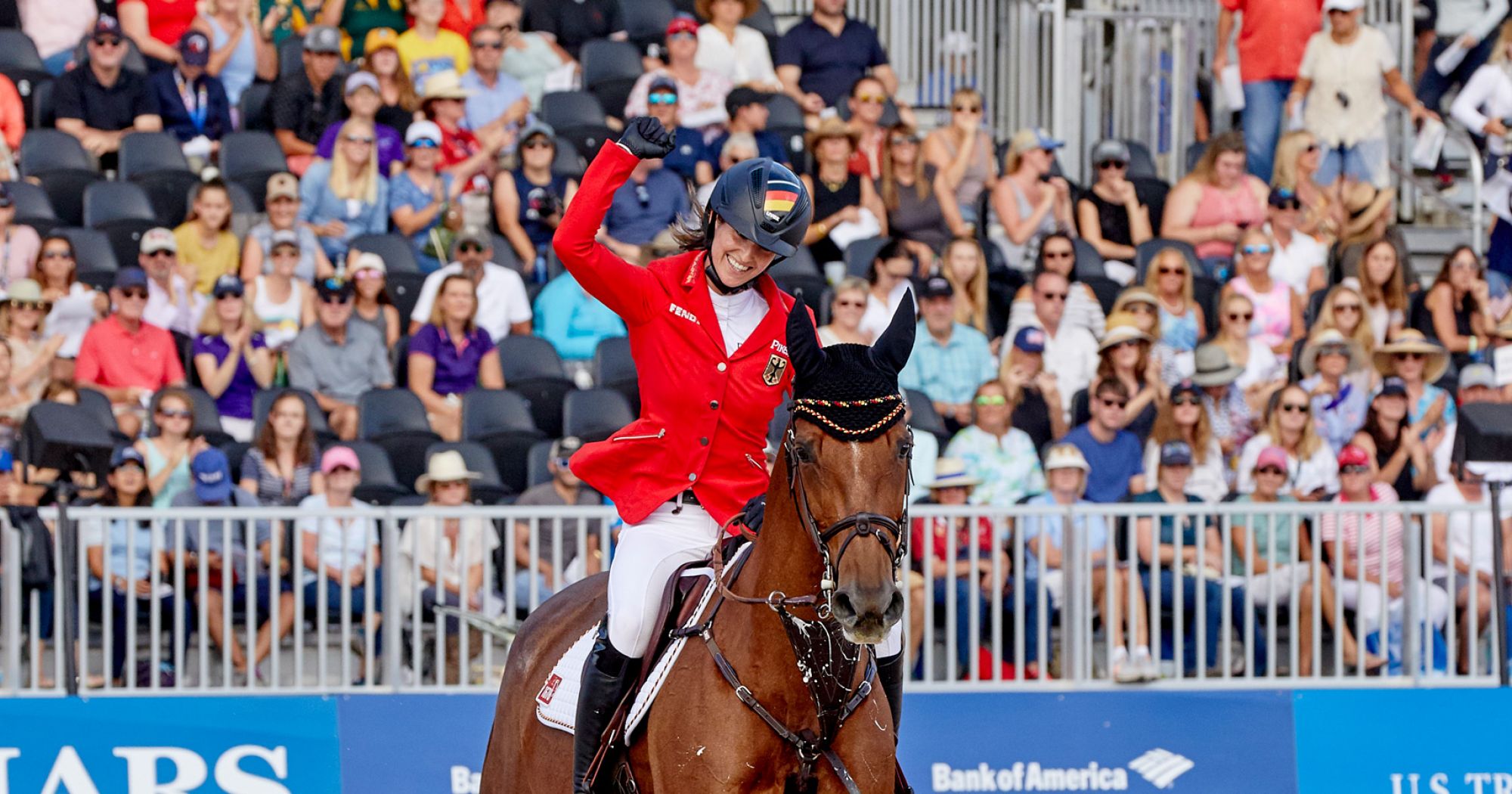
Photo Credit: FEI.org World Championships 2022
This article is written based on some of the data shared by Merrick Haydon Managing Director at rEvolution - Presentation at the CHCF International Equine Industry Summit 2024
In recent years, equestrian sports have gained notable traction across global markets, with Asia emerging as a dominant region second only to North America in horse population. Key insights into sponsorship and PR reveal critical success factors in promoting equestrian events, developing partnerships, and expanding the reach of the sport internationally. Here are some major takeaways on how sponsors and PR shape the equestrian landscape.
Key Trends in Equestrian Sport
Luxury Brand Dominance: The presence of premium brands like Longines and Rolex at 5-star events showcases the high-profile nature of equestrian sports. This alignment with luxury has made equestrian events an attractive platform for brands seeking an upscale audience.
Asian Market Growth: Asia accounts for 24% of the global horse population, positioning it as a pivotal market for equestrian growth and investment.
Media Coverage Challenges: Traditional media often overlook equestrian sports, making PR and media coverage harder to achieve compared to more mainstream sports. This calls for innovative digital strategies to engage audiences.
Demand for Premium Content: Increasingly, equestrian events are streamed online but often behind paywalls, which can limit exposure. There’s a notable opportunity for sponsorships to enhance accessible, high-quality digital content for broader audience engagement.
Rise of Luxury Brand Sponsorship: An increase in luxury brands associating with equestrian sports signals a positive trend in sponsorship, adding an aura of exclusivity and sophistication to the sport.
Commercial Operations in International Equestrian Events
International equestrian events rely heavily on commercial partnerships for their success. Here are some notable insights:
Dependence on Sponsorship: Unlike mainstream sports, equestrian events depend on sponsorship revenue as they lack the large broadcast revenue streams typical of other sports. Sponsors not only contribute financially but also bring valuable services and products essential for event operations.
Awareness of Animal Welfare: With increasing sensitivity around animal welfare, sponsors must be mindful of public perception when aligning with equestrian events. Brands seek to create associations that reflect positively on both their image and their stance on ethical issues.
Competitive Landscape: Securing sponsorship is increasingly competitive, as brands weigh the benefits of associating with niche sports against more widely watched events. The challenge lies in positioning equestrian sports as a premium, globally relevant platform.
Building Relationships Between Organizers and Sponsors
For successful event marketing, the relationship between organizers and sponsors must transcend simple financial transactions to form genuine partnerships. Here are some best practices:
Mutual Benefit: Both parties should benefit significantly from the partnership. For sponsors, beyond-branding opportunities include on-event hospitality, engaging activations, and access to high-profile talent.
Beyond Financial Support: Sponsors contribute more than just funds—they provide essential resources, such as vehicles for logistics and hotel accommodations, which play a critical role in event execution.
Enhanced Sponsorship Packages: Organizers can attract sponsors by offering unique PR opportunities, increased digital engagement, and access to a targeted audience that aligns with the luxury and lifestyle values of equestrian sports.
Promoting Equestrian Events through PR
Promotion plays a crucial role in the visibility and success of equestrian events. Here’s how PR is used strategically:
Digital and Influencer Channels: As traditional media attention remains limited, digital platforms and influencers have become essential in promoting equestrian events. Leveraging influencers helps expand reach and resonates with younger demographics.
Media Education and Relations: Educating media on equestrian sports is crucial to securing quality coverage, which can influence public perception and enhance event credibility. Furthermore, dedicated PR efforts are instrumental in addressing any animal welfare concerns, thus protecting the sport’s image.
In conclusion, the evolution of equestrian sports into a globally recognized and commercially viable domain hinges on strategic sponsorships and adept public relations. The alignment with luxury brands not only elevates the sport's prestige but also attracts a discerning audience, fostering mutual growth. The burgeoning Asian market presents a fertile ground for expansion, necessitating tailored marketing approaches to engage this diverse demographic. However, challenges persist, notably in securing media coverage and addressing animal welfare concerns, which require innovative digital strategies and transparent communication. The success of events like the 2018 FEI World Equestrian Games exemplifies the impact of meticulous planning and robust partnerships. By embracing these insights, stakeholders can enhance the global profile of equestrian sports, ensuring sustained growth and engagement.
Emerging Trends in Equestrian Event Marketing
As the equestrian industry adapts to contemporary marketing dynamics, several trends are shaping event promotion strategies:
Digital Engagement and Social Media: The rise of digital platforms has transformed how equestrian events connect with audiences. Utilizing social media for real-time updates, behind-the-scenes content, and interactive experiences has become essential. For instance, the 2024 Paris Olympics leveraged influencers to reach younger demographics, enhancing engagement through platforms like Instagram and TikTok.
Influencer Collaborations: Partnering with equestrian influencers allows events to tap into established communities, fostering authenticity and expanding reach. These collaborations can generate buzz and attract attendees who follow these personalities.
Sustainability and Social Responsibility: Modern audiences increasingly value environmental consciousness and ethical practices. Events that demonstrate a commitment to sustainability and social responsibility resonate more with attendees, enhancing brand loyalty and positive perception.
By integrating these trends, equestrian event organizers can craft compelling marketing strategies that align with current consumer expectations, ensuring relevance and success in a competitive landscape.
